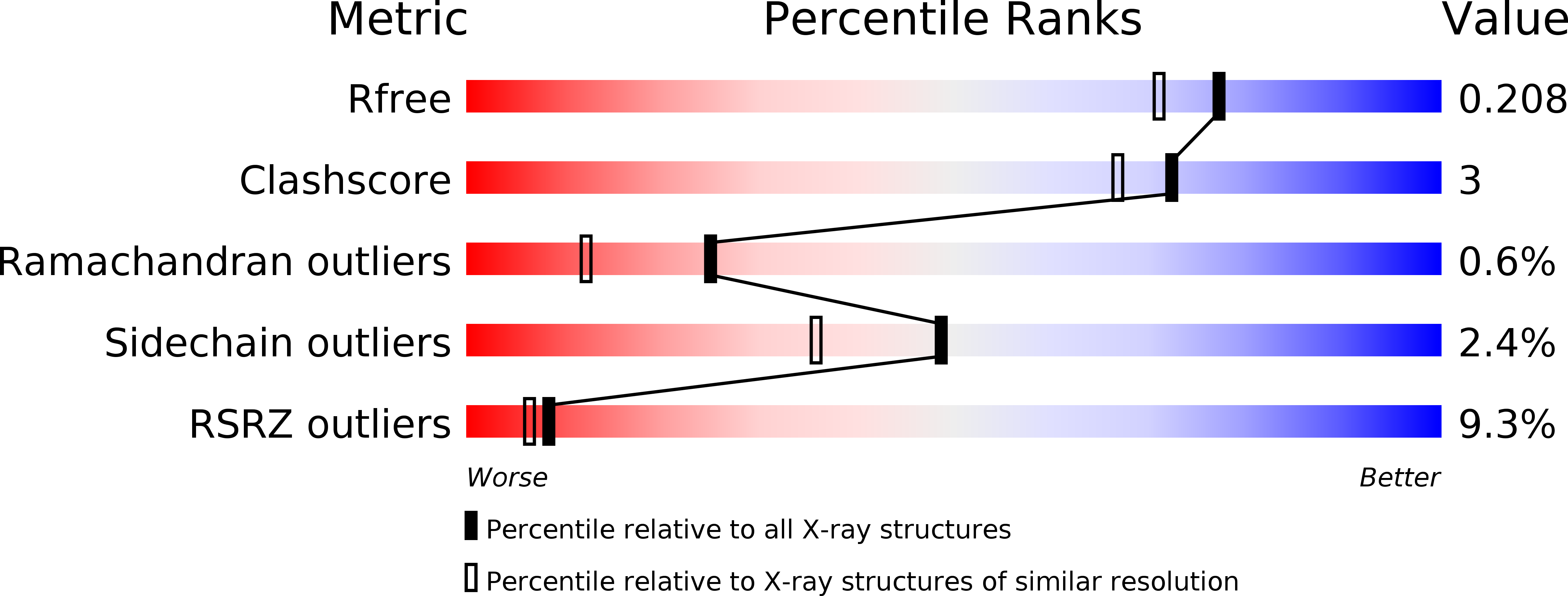
Deposition Date
2010-10-01
Release Date
2010-12-29
Last Version Date
2024-02-21
Entry Detail
Biological Source:
Source Organism:
Bacteroides fragilis (Taxon ID: 817)
Host Organism:
Method Details:
Experimental Method:
Resolution:
1.80 Å
R-Value Free:
0.20
R-Value Work:
0.16
R-Value Observed:
0.16
Space Group:
P 1 21 1


